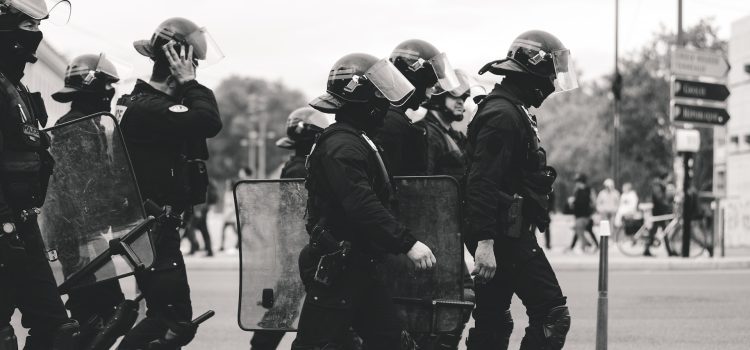
As the United States grapples with the challenges of school safety, a new trend is emerging that is causing harm to children and educators alike: fake school emergencies.
False reports of school shootings, bomb threats, and other emergencies are on the rise across the country. These hoaxes often result in costly police responses, evacuations, and lockdowns that disrupt the learning environment and traumatize students and staff.
In recent years, there have been numerous high-profile cases of fake school emergencies. In 2018, a 19-year-old man in Florida posed as a student and called in a bomb threat to his former high school, causing a panic and a police response. In 2019, an 11-year-old boy in Ohio called 911 and falsely claimed that there was an active shooter at his school. And in 2021, a middle school in California was evacuated after a student made a false report of a bomb on campus.
These incidents have serious consequences. Students and staff are forced to evacuate their schools and wait outside in the heat or cold, often for hours. Parents are left in a state of panic, unsure of their children’s safety. And first responders are diverted from real emergencies to respond to false reports.
But perhaps the most lasting impact is the trauma that these incidents inflict on students and educators. A false report of an active shooter, for example, can trigger a fight-or-flight response that leaves students and staff feeling anxious and afraid. And even after the immediate danger has passed, the emotional toll can linger for days, weeks, or even longer.
Schools are taking steps to prevent fake emergencies, including training staff to recognize warning signs and encouraging students to report any suspicious activity. Some schools are even using technology to monitor social media for threats.
But ultimately, the responsibility for preventing fake school emergencies falls on all of us. We must work together to create a culture of safety and trust in our schools, and we must hold accountable those who perpetrate these harmful hoaxes.
In the end, the goal of school safety is not just to prevent real emergencies, but also to create an environment in which students and staff feel safe, secure, and supported. Fake school emergencies undermine this goal and do a disservice to our children and educators. It’s time for all of us to take action to stop them.










